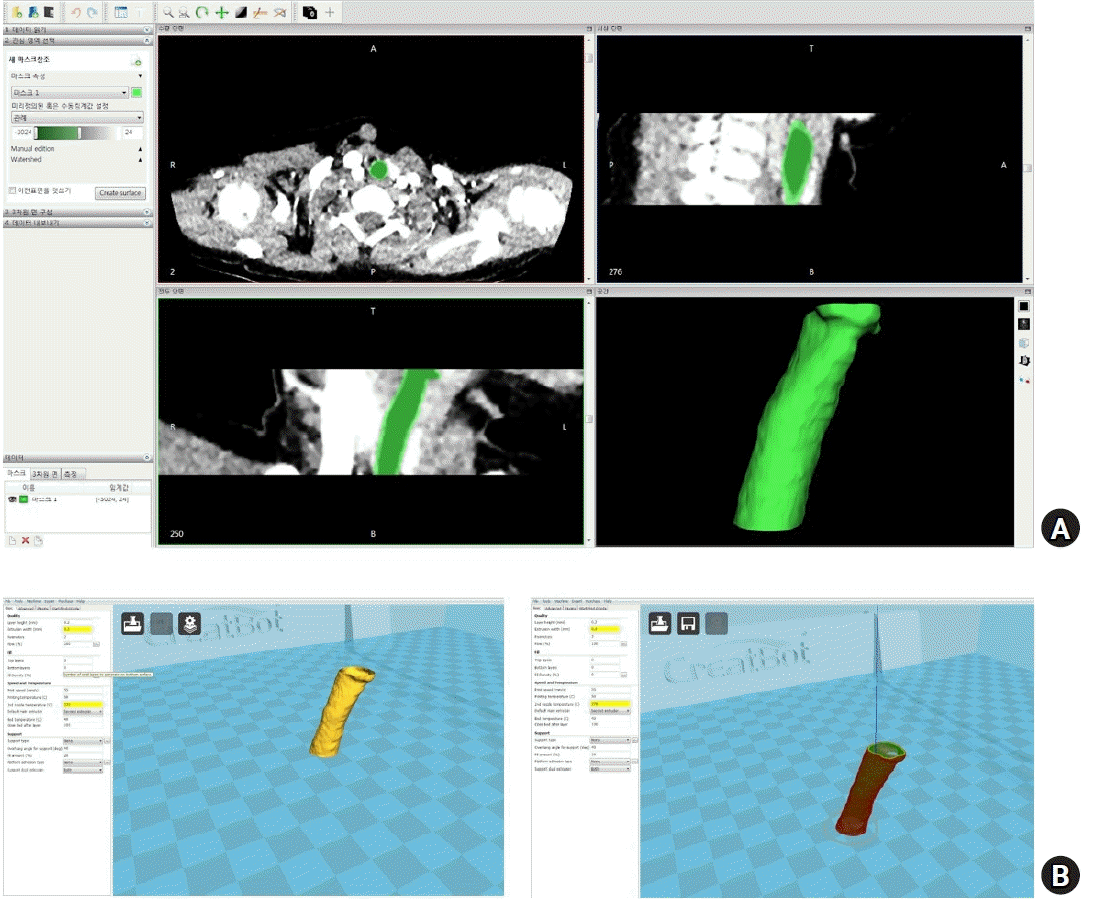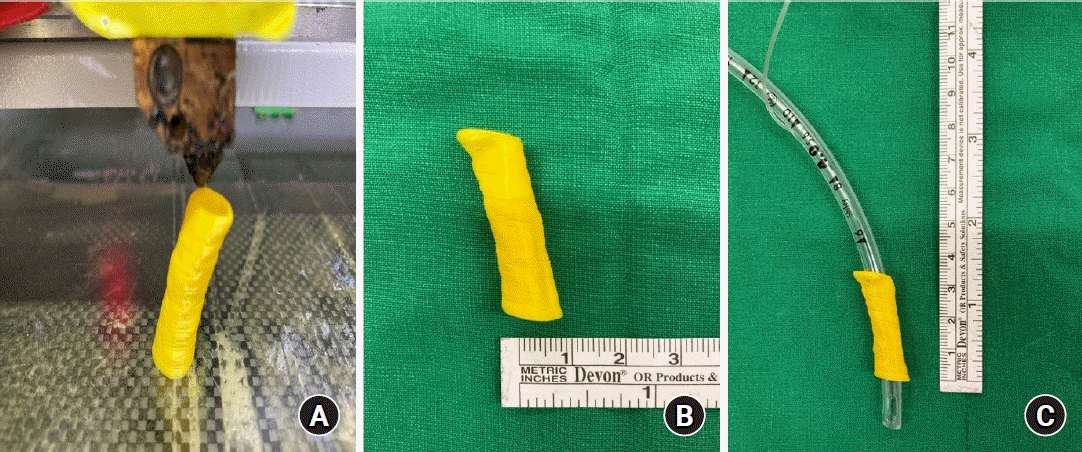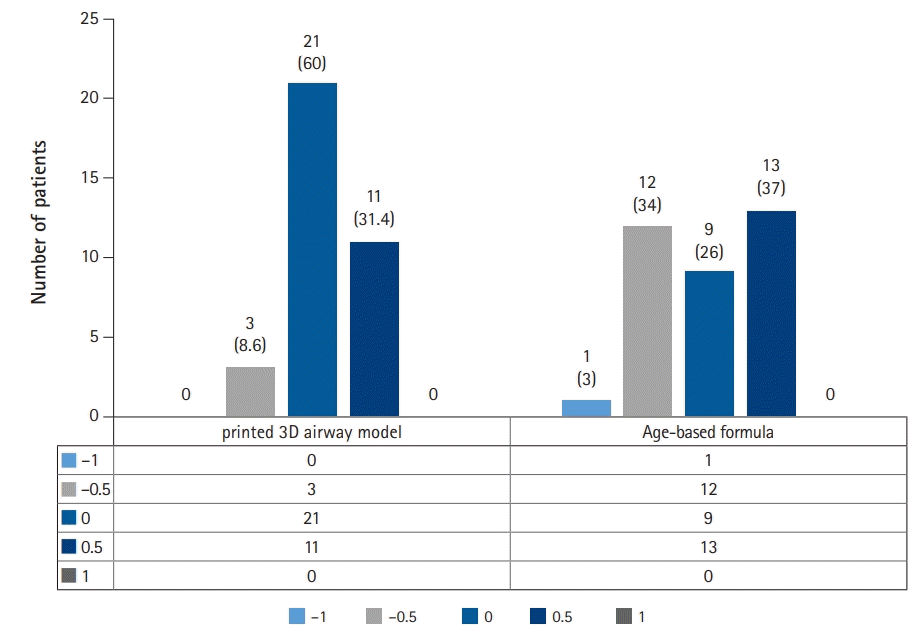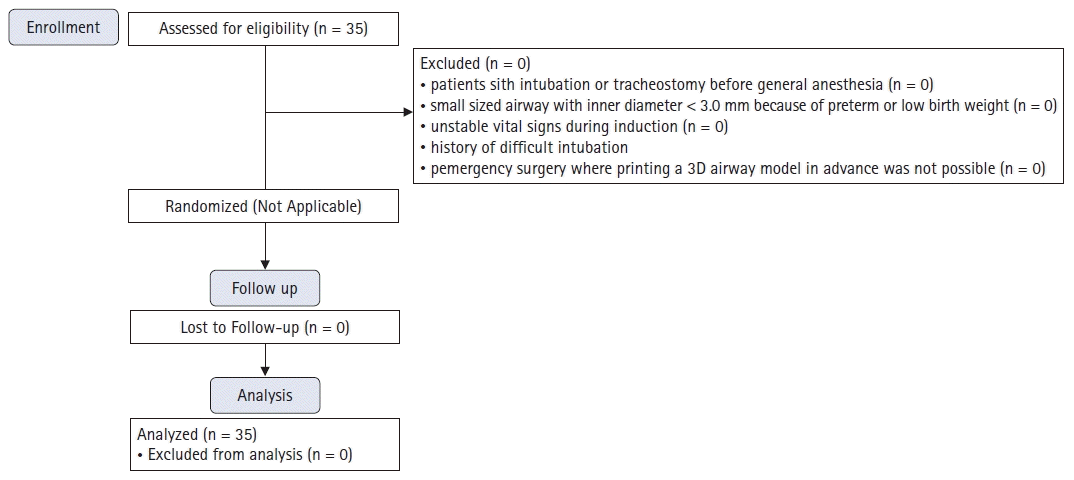Abstract
Background
Methods
Results
Conclusions
Notes
Author Contributions
Seyeon Park (Conceptualization; Data curation; Formal analysis; Investigation; Methodology; Project administration; Resources; Software; Validation; Visualization; Writing – original draft; Writing – review & editing)
Jisoo Ahn (Data curation; Writing – review & editing)
Sung Uk Yoon (Software; Writing – review & editing)
Ki Seok Choo (Software; Writing – review & editing)
Hye-Jin Kim (Writing – review & editing)
Minwoo Chung (Writing – review & editing)
Hee Young Kim (Conceptualization; Data curation; Formal analysis; Investigation; Methodology; Project administration; Resources; Software; Supervision; Validation; Visualization; Writing – original draft; Writing – review & editing)
References
Fig. 2.

Fig. 3.

Fig. 4.

Table 1.
Table 2.
| Number of patients | 35 |
| Sex (M/F) | 19/16 |
| Age (months)* | 4 (1, 9) |
| Number of patients (%) ≥ 24 months | 4 (11.4) |
| Weight (kg) | 6.2 (3.7, 8.1) |
| Height (cm) | 62.0 (50.0, 71.3) |
Table 3.
Table 4.
| No | Age* (months) | Calculated ETT size by age-based formula | Actual ETT size by age-based formula | Estimated ETT size by 3D print airway model | Air leakage < 10 cmH2O | Air leakage ≥ 20 cmH2O | Success | Complication | Matched with calculated ETT size by age-based formula |
|---|---|---|---|---|---|---|---|---|---|
| 1 | 4 | 3.59 | 3.5 | 4 | N | Y | Y | N | N |
| 2 | 4 | 3.597 | 3.5 | 4 | N | Y | Y | N | N |
| 3 | 61 | 4.783 | 5 | 5.5 | N | Y | Y | N | N |
| 4 | 1 | 3.537 | 3.5 | 3 | N | Y | Y | N | N |
| 5 | 8 | 3.67 | 3.5 | 4.5 | N | N | N | N | N |
| 6 | 4 | 3.598 | 3.5 | 4 | N | N | N | N | N |
| 7 | 5 | 3.624 | 3.5 | 4 | N | Y | Y | N | N |
| 8 | 0 | 3.505 | 3.5 | 3 | Y | Y | N | N | N |
| 9 | 5 | 3.62 | 3.5 | 4 | N | Y | Y | N | N |
| 10 | 0 | 3.503 | 3.5 | 3 | N | Y | Y | N | N |
| 11 | 2 | 3.56 | 3.5 | 3.5 | N | Y | Y | N | Y |
| 12 | 9 | 3.708 | 3.5 | 4 | N | N | N | N | N |
| 13 | 0 | 3.504 | 3.5 | 3 | N | Y | Y | N | N |
| 14 | 12 | 3.758 | 4 | 4.5 | N | Y | Y | N | N |
| 15 | 0 | 3.512 | 3.5 | 3 | N | N | N | N | N |
| 16 | 35 | 4.237 | 4 | 4.5 | N | Y | Y | N | N |
| 17 | 0 | 3.511 | 3.5 | 3.5 | N | Y | Y | N | Y |
| 18 | 7 | 3.648 | 3.5 | 4 | N | Y | Y | N | N |
| 19 | 4 | 3.592 | 3.5 | 4 | N | Y | Y | N | N |
| 20 | 1 | 3.527 | 3.5 | 3.5 | N | N | N | N | Y |
| 21 | 25 | 4.035 | 4 | 4.5 | Y | Y | N | N | N |
| 22 | 12 | 3.76 | 4 | 4 | N | Y | Y | N | Y |
| 23 | 0 | 3.508 | 3.5 | 3 | Y | Y | N | N | N |
| 24 | 0 | 3.508 | 3.5 | 3 | N | Y | Y | N | N |
| 25 | 2 | 3.545 | 3.5 | 3.5 | N | N | N | N | Y |
| 26 | 5 | 3.607 | 3.5 | 4 | N | N | N | N | N |
| 27 | 12 | 3.76 | 4 | 4 | N | N | N | N | Y |
| 28 | 4 | 3.603 | 3.5 | 3.5 | N | Y | Y | N | Y |
| 29 | 7 | 3.648 | 3.5 | 4 | N | N | N | N | N |
| 30 | 0 | 3.511 | 3.5 | 3 | N | Y | Y | N | N |
| 31 | 0 | 3.505 | 3.5 | 3 | N | Y | Y | N | N |
| 32 | 1 | 3.524 | 3.5 | 3.5 | N | N | N | N | Y |
| 33 | 40 | 4.34 | 4.5 | 4.5 | N | Y | Y | N | Y |
| 34 | 3 | 3.565 | 3.5 | 3.5 | N | N | N | N | Y |
| 35 | 11 | 3.74 | 3.5 | 4 | N | Y | Y | N | N |




 PDF
PDF Citation
Citation Print
Print




 XML Download
XML Download